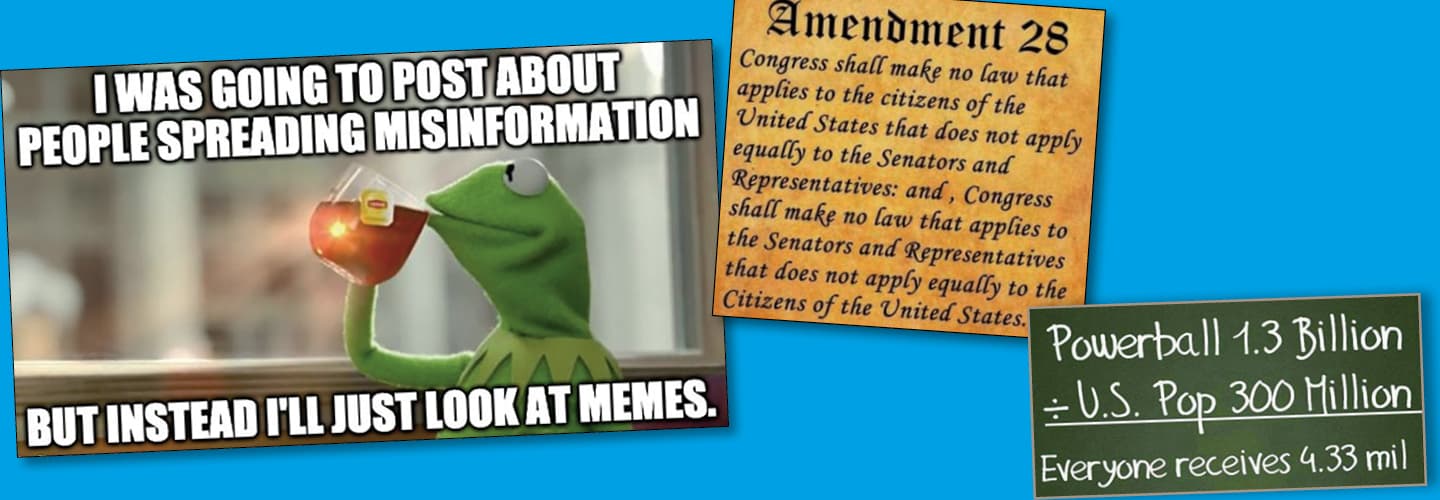The moment you see the meme, you know you have to share it. The sarcastic caption cracks you up, and you love that the photo is from one of your favorite movies. You quickly repost the image—and you aren’t the only one. Within hours, the meme has been viewed millions of times.
Sure, the caption is funny and all, but the image’s popularity is more about how it was presented—as a meme, or a bite-sized piece of digital content that’s copied and shared widely online. Memes include everything from animated images to TikTok challenges, and their use is growing. Instagram reported that users shared more than 1 million meme-related posts a day on its app in 2020.
The moment you see the meme, you know you have to share it. The sarcastic caption cracks you up, and you love that the photo is from one of your favorite movies. You quickly repost the image. But you aren’t the only one. Within hours, the meme gains millions of views.
Sure, the caption is funny and all, but the image’s popularity is more about its format. It’s a meme, or a bite-sized piece of digital content that’s copied and shared widely online. Memes include everything from animated images to TikTok challenges. And the popularity of these type of images is growing. In fact, Instagram reported that users shared more than 1 million meme-related posts a day on its app in 2020.

